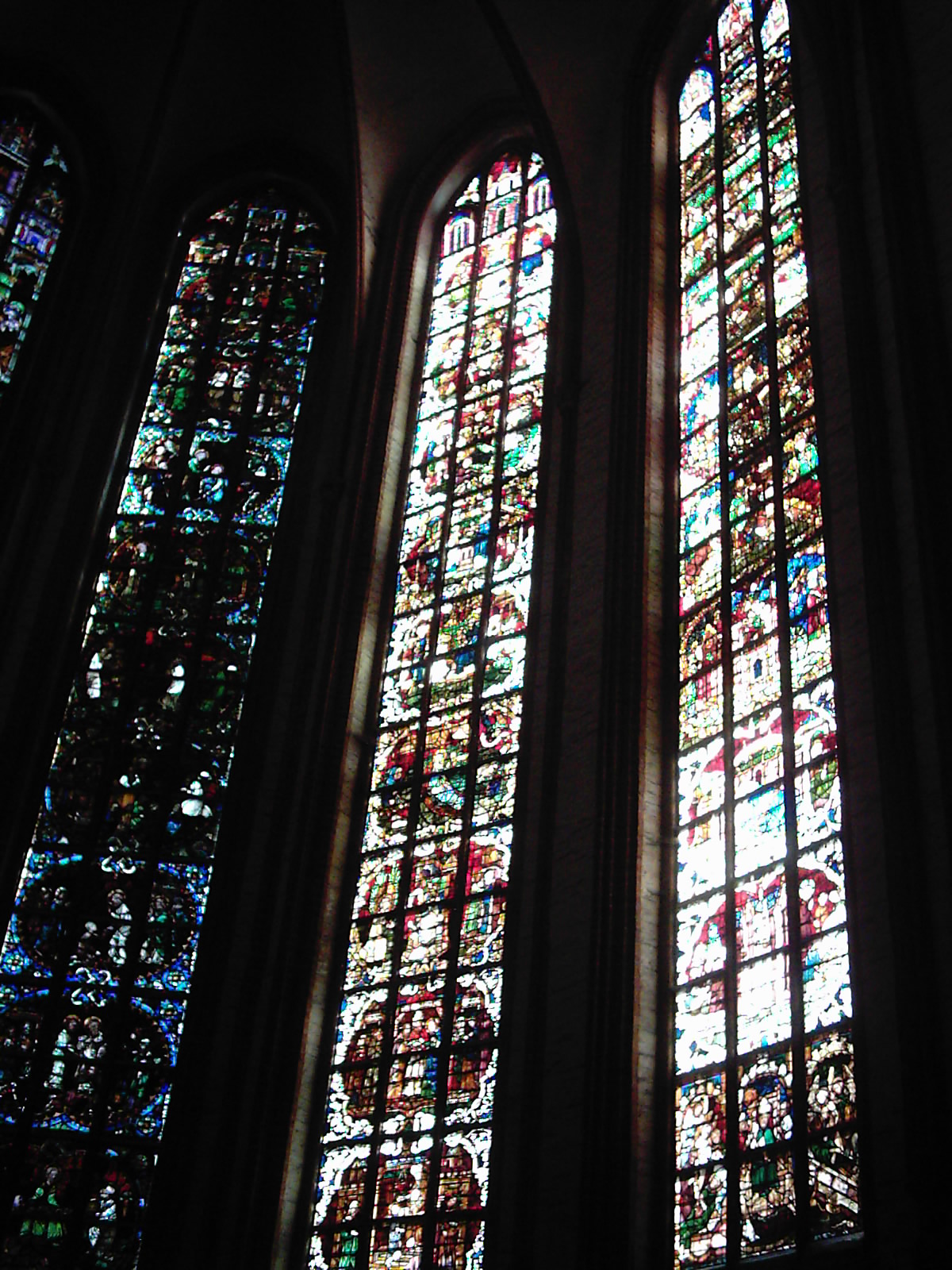St. Nicholas Church, Stendal on:
[Wikipedia]
[Google]
[Amazon]


 St. Nicholas Cathedral, Stendal (German: ''Dom St. Nikolaus'') is a
St. Nicholas Cathedral, Stendal (German: ''Dom St. Nikolaus'') is a


brick Gothic
Brick Gothic (, , ) is a specific style of Gothic architecture common in Baltic region, Northeast and Central Europe especially in the regions in and around the Baltic Sea, which do not have resources of standing rock (though Glacial erratic, ...
church on the edge of the Old City of Stendal
The Hanseatic City of Stendal () is a town in Saxony-Anhalt, Germany. It is the capital of the Stendal District and the unofficial capital of the Altmark region.
Geography
Situated west of the Elbe valley, the Stendal town centre is located ...
, in the Altmark
:''See German tanker Altmark for the ship named after Altmark and Stary Targ for the Polish village named Altmark in German.''
The Altmark (; English: Old MarchHansard, ''The Parliamentary Debates from the Year 1803 to the Present Time ...'', Vo ...
of Saxony-Anhalt
Saxony-Anhalt ( ; ) is a States of Germany, state of Germany, bordering the states of Brandenburg, Saxony, Thuringia and Lower Saxony. It covers an area of
and has a population of 2.17 million inhabitants, making it the List of German states ...
(Sachsen-Anhalt
Saxony-Anhalt ( ; ) is a state of Germany, bordering the states of Brandenburg, Saxony, Thuringia and Lower Saxony. It covers an area of
and has a population of 2.17 million inhabitants, making it the 8th-largest state in Germany by area an ...
), Germany. The church, now affiliated with the Protestant (Lutheran) Evangelical Church in Germany
The Evangelical Church in Germany (, EKD), also known as the Protestant Church in Germany, is a federation of twenty Lutheranism, Lutheran, Continental Reformed Protestantism, Reformed, and united and uniting churches, United Protestantism in Ger ...
, is famous for its large complement of late-medieval stained-glass windows.
History
St. Nicholas was founded in 1188 by theOtto II, Margrave of Brandenburg
Otto II (after 1147 – July 4, 1205), called ''The Generous'' (), was the third Margrave of Brandenburg from 1184 until his death.
Life
Otto II was born into the House of Ascania as the eldest son of Otto I and Judith, a daughter of the Pias ...
and his brother Heinrich von Gardelegen, sons of Margrave Otto I
Otto I (23 November 912 – 7 May 973), known as Otto the Great ( ) or Otto of Saxony ( ), was East Francia, East Frankish (Kingdom of Germany, German) king from 936 and Holy Roman Emperor from 962 until his death in 973. He was the eldest son o ...
, as a Collegiate church
In Christianity, a collegiate church is a church where the daily office of worship is maintained by a college of canons, a non-monastic or "secular" community of clergy, organised as a self-governing corporate body, headed by a dignitary bearing ...
. As such, it was independent from the bishops of Brandenburg and under the direct supervision of the Papacy, and it exercised a leading religious role in the Mark.
The original church was a basilica with a nave, apse and two towers. The latter have survived the centuries and remain a landmark of Stendal. The balance of the current structure dates from 1423. The building extant today is largely as completed in the mid-15th century: A hall church
A hall church is a Church (building), church with a nave and aisles of approximately equal height. In England, Flanders and the Netherlands, it is covered by parallel roofs, typically, one for each vessel, whereas in Germany there is often one s ...
with three transepts and an extended choir.
In 1551, as a result of the Reformation
The Reformation, also known as the Protestant Reformation or the European Reformation, was a time of major Theology, theological movement in Western Christianity in 16th-century Europe that posed a religious and political challenge to the p ...
that swept northern Germany, St Nicholas's status as collegiate church was revoked, and its goods were conveyed to the University of Frankfurt at Frankfurt an der Oder
Frankfurt (Oder), also known as Frankfurt an der Oder (, ; Marchian dialects, Central Marchian: ''Frankfort an de Oder,'' ) is the fourth-largest city in the German state of Brandenburg after Potsdam, Cottbus and Brandenburg an der Havel. With a ...
.
Late in the Second World War
World War II or the Second World War (1 September 1939 – 2 September 1945) was a World war, global conflict between two coalitions: the Allies of World War II, Allies and the Axis powers. World War II by country, Nearly all of the wo ...
, St. Nicholas suffered heavy damage from a U.S. bombing attack on April 8, 1945 – one month before the German capitulation. However, the cathedral's 22 medieval stained-glass windows had been recently removed and placed in safe storage, so they survived the war undamaged. Reconstruction started in 1946, was interrupted several times and was completed in 2013.
Modern condition
The windows remain the highlight of St. Nicholas's artistic attractions. They were created between 1425 and 1480, and thoroughly restored in the 19th century.References
{{DEFAULTSORT:Saint Nicholas Church, Stendal Protestant churches in Saxony-Anhalt Churches completed in the 1180s Brick Gothic Gothic architecture in Germany Buildings and structures in Stendal (district) Stendal